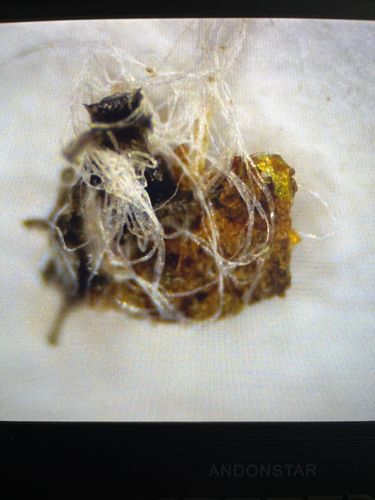Bagworm
Scientific Name: Thyridopteryx ephemeraeformis
Order & Family: Lepidoptera, Psychidae
Size: Larvae: 1/4 to 2 inches (6-50 mm). Adult males: wingspan of approximately 1 inch (25 mm). Adult females remain in the bag and do not develop wings.

Natural Habitat
Trees and shrubs in urban, suburban, and natural landscapes. Often found on evergreens like arborvitae, juniper, pine, and spruce, as well as deciduous trees.
Diet & Feeding
Herbivorous. The larvae feed on the foliage of host plants, consuming needles and leaves. They can cause significant defoliation, especially on evergreens.
Behavior Patterns
Bagworms get their name from the silken, camouflaged bags the larvae construct and live in. They add plant material from their host to the bag for protection. The larvae carry these bags everywhere, eating from the open end. Adult males are winged and short-lived, primarily existing to mate. Adult females remain wingless and legless inside their bags, laying eggs before dying.
Risks & Benefits
Risks: Bagworms can be destructive pests, especially to ornamental trees and shrubs. Heavy infestations can lead to severe defoliation, stunted growth, and even the death of host plants, particularly evergreens. Benefits: In natural ecosystems with balanced populations, they contribute to the food web for birds and other predators. However, their pest status often outweighs any beneficial roles in cultivated landscapes.
Identified on: 9/22/2025